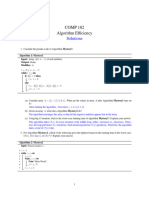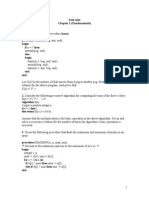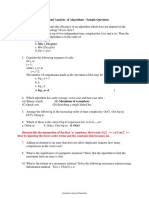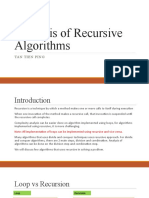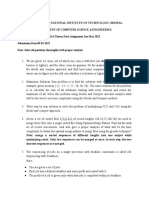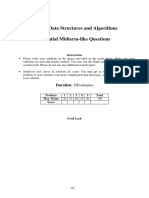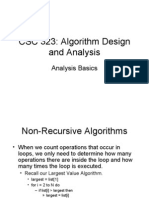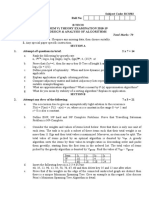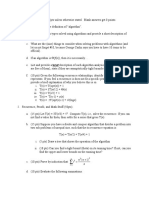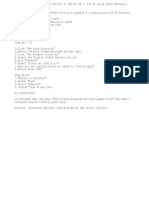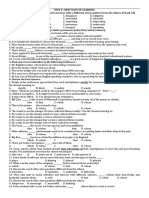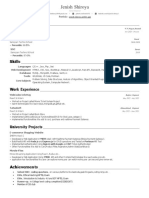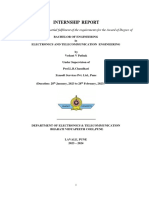0% found this document useful (0 votes)
8 views2 pagesCS316 Algorithms - Sheet 3
The document is an assignment for a computer science course focused on algorithms, specifically covering topics such as divide-and-conquer methods, recurrence relations, and sorting algorithms like mergesort. It includes tasks such as writing pseudocode, solving recurrence relations, and comparing algorithms. The assignment consists of multiple questions that require both theoretical understanding and practical application of algorithmic concepts.
Uploaded by
ABDO GOCopyright
© © All Rights Reserved
We take content rights seriously. If you suspect this is your content, claim it here.
Available Formats
Download as PDF, TXT or read online on Scribd
0% found this document useful (0 votes)
8 views2 pagesCS316 Algorithms - Sheet 3
The document is an assignment for a computer science course focused on algorithms, specifically covering topics such as divide-and-conquer methods, recurrence relations, and sorting algorithms like mergesort. It includes tasks such as writing pseudocode, solving recurrence relations, and comparing algorithms. The assignment consists of multiple questions that require both theoretical understanding and practical application of algorithmic concepts.
Uploaded by
ABDO GOCopyright
© © All Rights Reserved
We take content rights seriously. If you suspect this is your content, claim it here.
Available Formats
Download as PDF, TXT or read online on Scribd
/ 2




